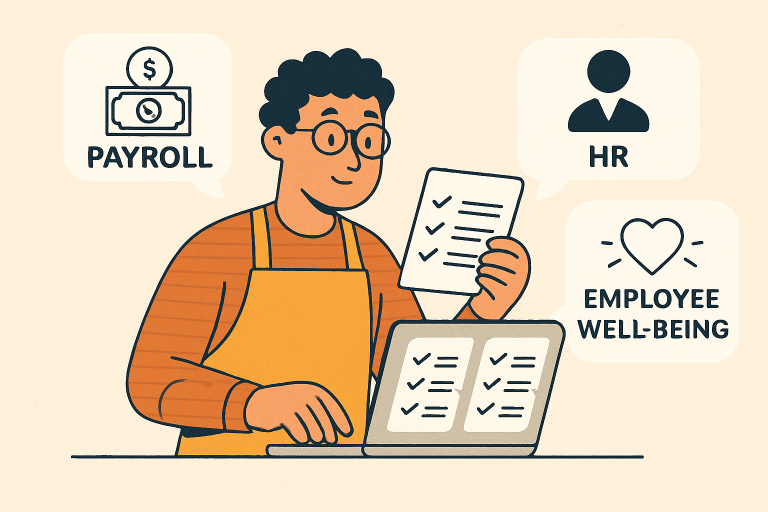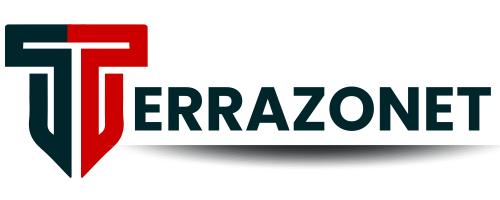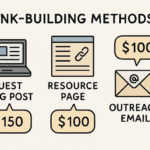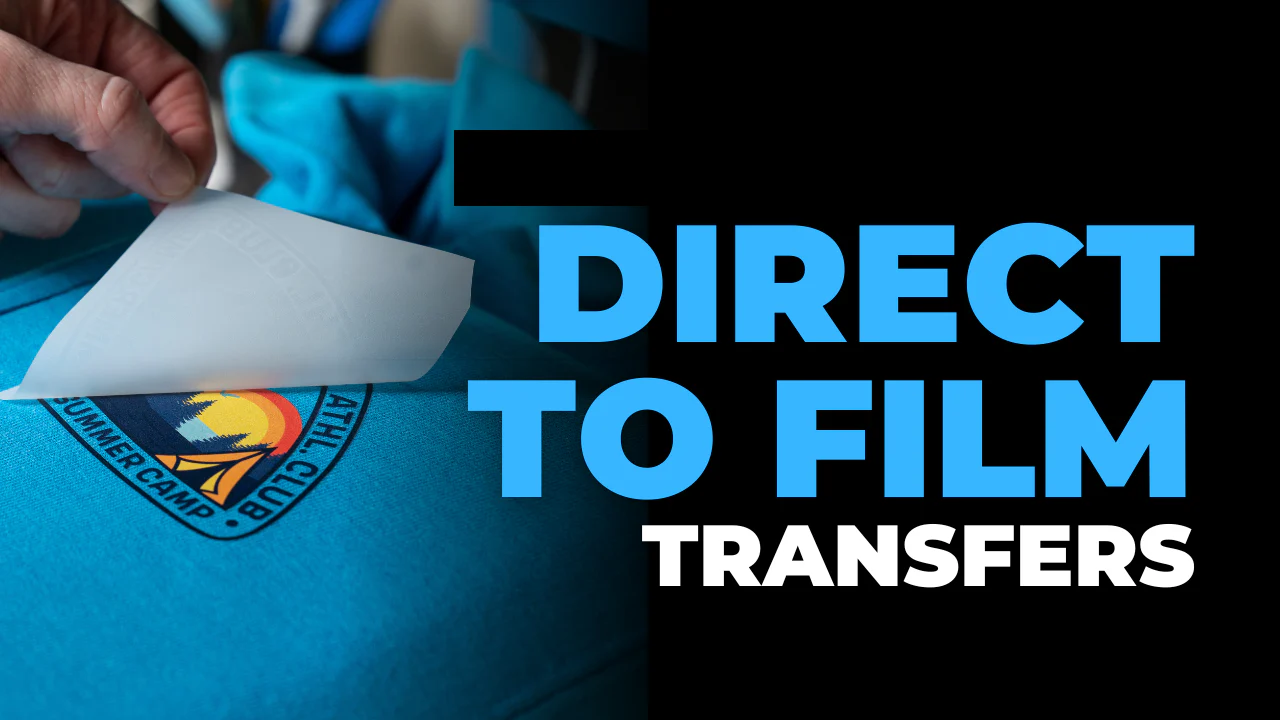Key Takeaways
- Identify essential features that align with your business requirements.
- Evaluate software scalability to accommodate future growth.
- Consider employee well-being and transparency in AI-driven HR tools.
- Leverage free trials and demos to assess software suitability.
Table of Contents
- Understanding Your Business Needs
- Essential Features to Look For
- Scalability and Future Growth
- Employee Well-being and AI Integration
- Evaluating User Experience and Support
- Cost Considerations and Budgeting
- Leveraging Free Trials and Demos
- Making the Final Decision
Selecting the correct payroll and HR software is one of the most impactful choices a small business owner can make for efficient operations and a positive workplace culture. As technology transforms HR processes, understanding the functionality, transparency, and customer support behind your software is crucial. New buyers can avoid costly mistakes and ensure long-term satisfaction by leveraging independent reviews and expert advice, such as those highlighted in resources on customer support when selecting payroll and HR platforms.
It’s essential to approach this decision armed with a thorough assessment of your business needs and the employee experience. Comparing features, usability, and support ensures that new technology investments not only drive efficiency but also strengthen trust and engagement within your organization.
Understanding Your Business Needs
Step one in selecting payroll and HR software is a comprehensive examination of your current and future requirements. Begin by identifying how many employees you must manage, whether you have part-time or contract workers, and the complexity of your payroll cycles. Document your HR workflows—onboarding, benefits management, compliance checks, and performance tracking—to ensure your new system will integrate smoothly.
Assessing your compliance needs is equally important. Small businesses face significant risk if payroll tax, overtime, or labor laws are mishandled. Having software that addresses these requirements and streamlines compliance tasks gives peace of mind and avoids penalties that can disrupt business growth.

Essential Features to Look For
Ideally, your software should be a time-saver and compliance partner. Modern payroll and HR platforms offer a wide range of capabilities, but some core features consistently add value:
- Automated Payroll Processing: Enables accurate, on-time wage payments with minimal manual intervention, reducing human error and increasing trust in the payroll process.
- Tax Compliance: It automatically calculates and files local, state, and federal taxes in accordance with the latest regulations, protecting your business from costly oversights.
- Employee Self-Service Portals: Empowers staff to view pay statements, update personal information, and manage time off, thereby reducing administrative work and boosting transparency.
- Time and Attendance Tracking: Consolidates timesheets, automates leave requests, and connects with payroll to ensure every hour is accounted for correctly.
Additional desirable features can include benefits administration, onboarding automation, and performance management modules, particularly as your needs evolve.
Scalability and Future Growth
While a lean solution might suit your current team, the best payroll and HR software grows alongside your business. Look for flexible options that support more users, locations, or functions without requiring migration to a new platform. This foresight prevents costly, disruptive transitions as your company expands.
Evaluate how easily new features can be activated or users onboarded. Modular platforms or cloud-based solutions often provide the most scalable pathways for growing businesses.
Employee Well-being and AI Integration
The emergence of artificial intelligence in payroll and HR technology brings promise and responsibility. AI can automate repetitive tasks, provide real-time analytics, and help forecast workforce needs. Yet, employees may be apprehensive about how these tools use their data and make decisions about performance or compensation.
Research shows transparent and ethical AI systems drive better job satisfaction and trust. When considering AI-powered features, prioritize solutions that share clear information about how employee data is managed and how algorithmic decisions are made.
Evaluating User Experience and Support
Adopting new software should never hamper productivity. A streamlined user interface helps employees adapt quickly and reduces demands on your HR or IT staff. Look for intuitive dashboards, easy navigation, and precise documentation.
Robust customer support can be a deciding factor. Choose vendors with accessible help desks, live chat, or in-depth knowledge bases so you’ll have timely assistance when issues arise, minimizing disruptions and preventing minor problems from escalating.
Cost Considerations and Budgeting
Budget realistically for both the base price and additional fees, such as onboarding, custom integrations, or advanced reporting. Low-cost plans can be attractive, but always compare what’s included. Some solutions offer a low sticker price but charge extra for essentials, negating savings.
Calculate the total cost of ownership over a few years to ensure you’re making a financially sound decision. Also, keep future needs in mind—choosing software that grows with you avoids expensive replacements or add-ons down the line.
Leveraging Free Trials and Demos
Take advantage of free trials and live demos, which let you test the software’s usability, feature depth, and compatibility with your processes before committing. Involving your HR team or managers in test drives provides practical feedback and helps secure organizational buy-in.
Gather feedback during the trial period and evaluate how efficiently routine tasks can be completed. A few days of active use often reveal gaps or advantages that may not be clear from static product descriptions.
Making the Final Decision
After carefully reviewing your options, consider the balance of technical capabilities, employee well-being, and growth adaptability when making the final selection. Remember, HR and payroll software invest in your employees’ experience and business efficiency. The right choice will boost morale, streamline operations, and shield your company from compliance risks as you grow.
READ ALSO: Smart Infrastructure Needs Smart Apps: How Dallas Is Powering Urban Growth with IoT Mobile Solutions


















